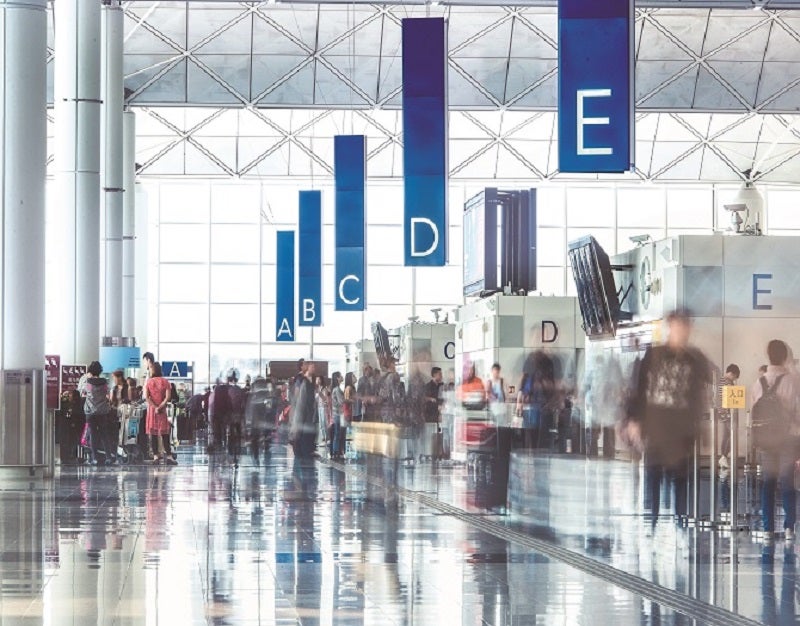
Airport Authority Hong Kong (AAHK) has announced its goal to reach Net-Zero Carbon status at Hong Kong International Airport (HKIA) by 2050.
It aims for a midpoint mark of 55% in absolute discharge reduction by 2035 from a 2018 baseline.
For this, AAHK drafted a carbon management action plan for cutting down direct emissions at the airport and indirect emissions from gas and electricity consumption.
For controlling direct emissions, the airport has taken measures such as a ground services equipment pooling scheme, deployment of electrified airside vehicles, piloting renewable diesel and more.
For reducing indirect discharges, AAHK has executed several energy efficiency initiatives.
These cover development of new energy management solutions, along with the installation of LED lighting and energy-efficient chillers.
How well do you really know your competitors?
Access the most comprehensive Company Profiles on the market, powered by GlobalData. Save hours of research. Gain competitive edge.

Thank you!
Your download email will arrive shortly
Not ready to buy yet? Download a free sample
We are confident about the unique quality of our Company Profiles. However, we want you to make the most beneficial decision for your business, so we offer a free sample that you can download by submitting the below form
By GlobalDataAAHK will now partner with the airport community under an airport-wide initiative for attaining its new carbon reduction objectives.
AAHK plans to introduce a Business Partner Carbon Support Programme that will include a $2.56m (HK$20m) Green Innovation and Technology Fund.
This financial aid will back the development and testing of new technologies.
Along with the Business Environment Council, AAHK will launch a capacity building programme for providing essential skills and knowledge in carbon management across the airport community.
In addition, the authority will work with Technology Working Groups to improve the collaboration between AAHK and business associates.
Furthermore, the airport already features fuelling infrastructure to support the use of sustainable aviation fuel (SAF).
AAHK sustainability general manager Peter Lee said: “Innovation, capacity building and collaboration hold the key to achieving the Net-Zero Carbon target. Our Business Partner Carbon Support Programme is tailored to address the needs in all these aspects.
“We are pleased to see the positive response from our business partners in support of decarbonisation. With the collaborative effort of the airport community, we are fully committed to achieving this Net-Zero Carbon target in pursuit of our pledge to make HKIA the world’s greenest airport.”
In August, Thales and Dah Chong Hong – Dragonair Airport GSE Service were selected to deploy the new instrument landing system solution and back the three-runway system (3RS) expansion project at HKIA.







